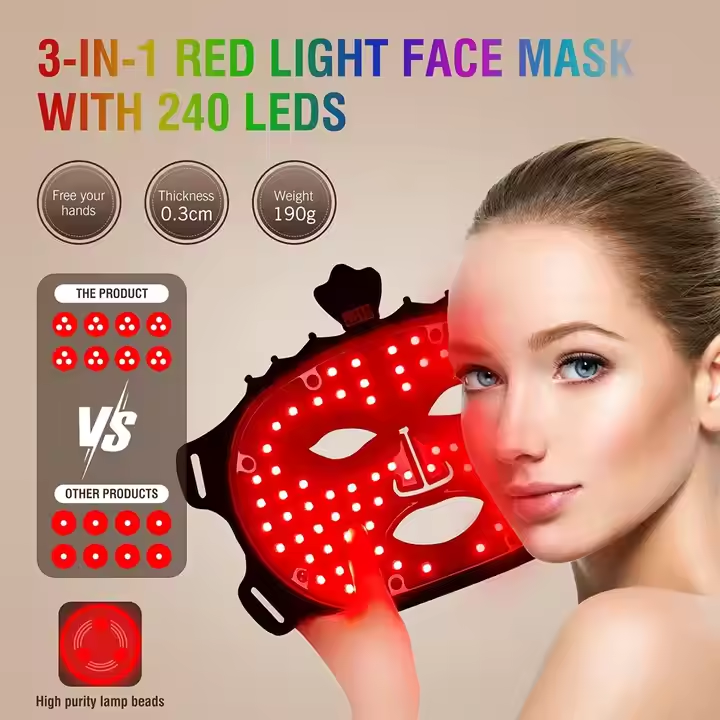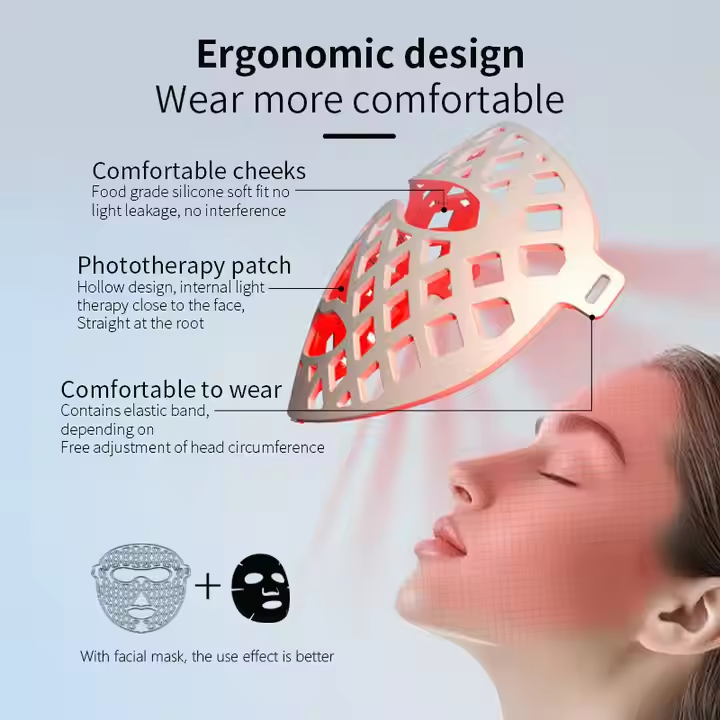In the ever-evolving world of skincare and wellness, LED light therapies have emerged as a groundbreaking technology. Among the different types of light therapies, red light and blue light therapy stand out for their unique benefits. But what exactly are these therapies, and how do they differ? This article delves into the science behind red light vs blue light therapy, exploring their benefits, uses, and how they can enhance your skincare routine.
What is LED Light Therapy?
LED light therapy is a non-invasive treatment that uses specific wavelengths of light to penetrate the skin and provide therapeutic benefits. Originally developed by NASA for plant growth experiments, it has since been adapted for various health and beauty applications. Unlike ultraviolet rays, LED light therapy is safe for regular use and does not cause skin damage.
The Science Behind Light Wavelengths
- Blue Light Therapy: With wavelengths between 450 to 495 nanometers, blue light is effective for treating conditions that are “skin-deep.” It primarily targets the skin’s surface, making it ideal for combating acne-causing bacteria and reducing inflammation.
- Red Light Therapy: Red light has longer wavelengths, ranging from 620 to 700 nanometers, allowing it to penetrate deeper into the skin. This makes it effective for stimulating collagen production, reducing inflammation, and promoting cellular repair.
Benefits of Red Light Therapy
Red light therapy is renowned for its ability to rejuvenate the skin and promote healing. Here are some of its key benefits:
- Anti-Aging: By stimulating collagen and elastin production, red light therapy helps reduce the appearance of fine lines and wrinkles, promoting a more youthful complexion.
- Pain Relief: Red light therapy is effective in relieving pain and inflammation, making it a popular choice for treating arthritis and muscle injuries.
- Improved Circulation: It enhances blood flow, which aids in faster recovery and healing of tissues.
- Cellular Repair: By boosting cellular energy, red light therapy accelerates the body’s natural healing processes.
Benefits of Blue Light Therapy
Blue light therapy is primarily used for its antibacterial properties. Its benefits include:
- Acne Treatment: Blue light therapy targets and destroys Propionibacterium acnes, the bacteria responsible for acne breakouts. This makes it an effective treatment for mild to moderate acne.
- Oil Control: It helps regulate oil production, reducing the likelihood of future breakouts.
- Skin Tone Improvement: Blue light therapy can improve skin texture and tone by reducing inflammation and minimizing pore size.
Red Light vs Blue Light Therapy: Which is Better?
The choice between red light and blue light therapy depends on your specific skin concerns:
- For Acne and Surface Skin Issues: Blue light therapy is more effective due to its ability to target bacteria and control oil production.
- For Anti-Aging and Deep Skin Repair: Red light therapy is preferable, thanks to its deeper penetration and ability to stimulate collagen production.
Combining Red and Blue Light Therapy
For comprehensive skincare treatment, many dermatologists recommend combining both therapies. Blue light can address surface-level issues like acne, while red light penetrates deeper to enhance skin health and reduce inflammation. This combination can provide a more holistic approach to skincare, targeting multiple concerns simultaneously.
Are There Any Risks?
Both red and blue light therapies are generally considered safe and non-invasive. However, some individuals may experience mild side effects, such as redness or irritation. It is advisable to consult with a dermatologist before starting any light therapy regimen, especially if you have sensitive skin or are taking photosensitizing medications.
Cost and Accessibility
The cost of light therapy can vary depending on the type and frequency of treatment. Professional sessions can range from $25 to $175 per session, while at-home devices are available from $300 to $3,000. Investing in a high-quality at-home device can provide long-term savings and convenience for regular use.
Red light and blue light therapies offer distinct benefits that can enhance your skincare routine. Whether you’re looking to combat acne or reduce signs of aging, these therapies provide effective, non-invasive solutions. By understanding the differences and potential benefits, you can make an informed decision that aligns with your skincare goals. For optimal results, consider consulting with a skincare professional to tailor a treatment plan that suits your unique needs.
Explore the world of LED light therapy and unlock the potential of healthier, rejuvenated skin. Whether you choose red light, blue light, or a combination of both, these innovative treatments can help you achieve your skincare goals. Start your journey to better skin today!



